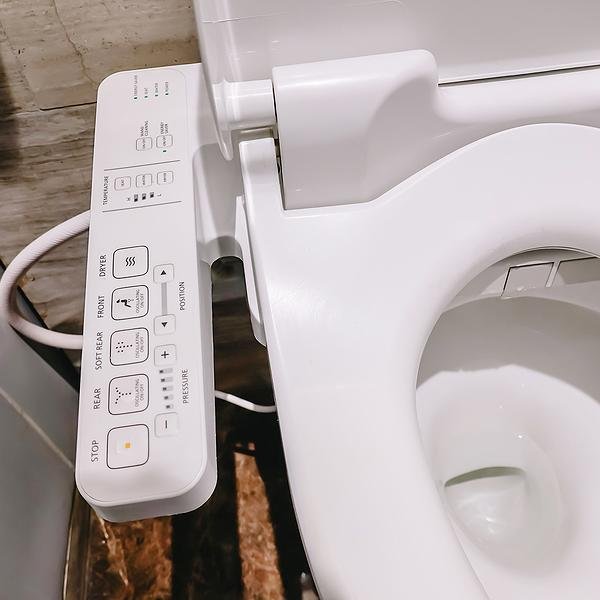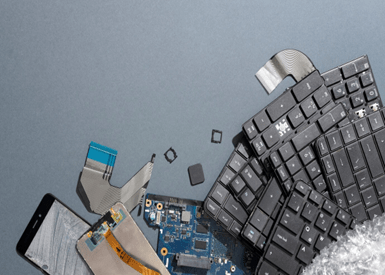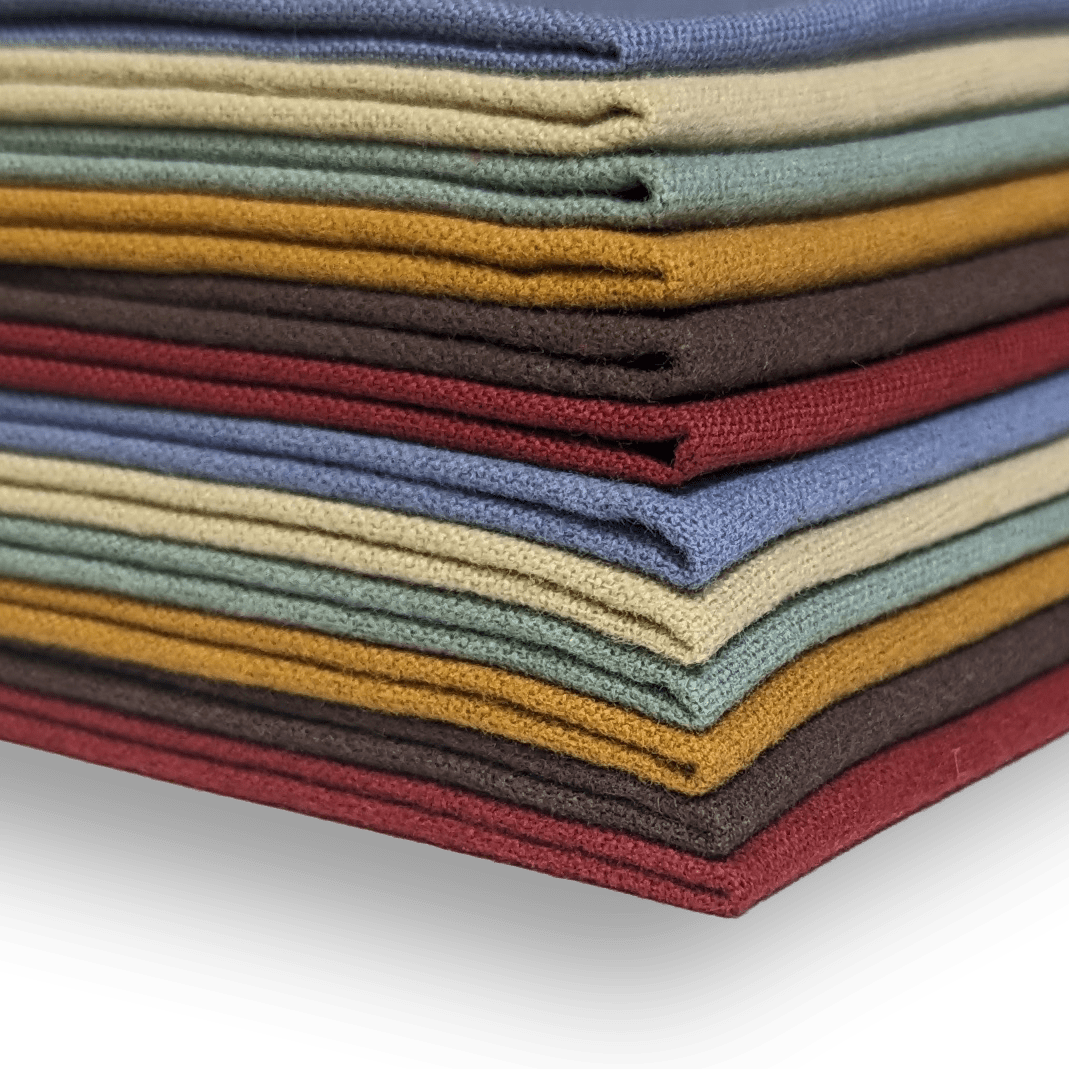According to Wikipedia, bidet is a French word meaning "little horse" due to the straddling position adopted in its usage. In spite of the bizarre, somewhat uncomfortable picture that comes to mind, today's bidets are very different than the original bidets of days past! Stay tuned, because we're going to get down and dirty about the subject of bidets folks (please don't be embarrassed, I'm an RN and this is just between you and me).
History of the Bidet
Historically, bidets have not been routinely used in cultures of British origin. However, many cultures consider the bidet as a necessity, including the Islamic world, Sub-Saharan Africa, Southern Europe, France, and some South American countries.

I remember, as a teenager in small town Idaho, going to the Parade of Homes. One of the fanciest homes had a toilet and a bidet next to each other in the bathroom. I thought they were boy/girl toilets, but my mom corrected me - "It's called a bidet, it washes your bottom after you go to the bathroom". Which I thought was pretty gross.
Obviously bidets were for very rich people; none of my middle class friends had a bidet! So I went through life content with taking care of my own personal needs with good old toilet paper. Good enough, right?
Modern Bidets
Fast forward to 2019. My brother and his wife cared for her mother in their home before she passed away. She had dementia and incontinence, and was totally dependent on them for her personal cares and hygiene. After they installed a bidet for her, they no longer needed to buy disposable wipes or toilet paper by the case. And no more extra loads of laundry (washcloths and towels) every day either. Game Changer!
When my brother told me I should get a bidet, I laughed at him. At that time I was living with my mom in her retirement community. She was in a wheelchair and quite debilitated, and the bidet was a godsend for her! And as for me, I was also wheelchair dependent, with a very badly torn rotator cuff that prevented me from using my dominant arm without a lot of pain. So wiping with toilet paper was, well, very difficult and painful for me. And I never felt really clean. But Mom wanted one, so my brother installed an electric bidet for her. I have to admit, Mom's warm water bidet was a great help to her, and it was love at first rinse cycle for me!
So how does a bidet work?
There are several kinds of bidets popular today. Some expensive homes have a free-standing bidet next to the toilet. I think that must be an inconvenience though, because you'd have to transfer to the bidet after using the toilet wouldn't you? Think - uh - drips?

There are two basic types of bidets today, the electric and manual. The most popular bidet in the US is electric. It delivers a gentle, WARM water spray to your private parts. This type requires an electrical outlet nearby for the warming element. The cost for a good quality electric bidet is upwards from about $200. Some of the fancier models include a heated toilet seat, gentle air dry cycle, interior toilet bowl light, remote controls, and customized spray patterns.
You can install it yourself in an hour or less, or hire a plumber. If you need to have an electrical outlet moved to be near to your toilet, you will probably have to hire an electrician, which can get costly. In my case, I had an electrical outlet on my bedroom wall (on the other side of my bathroom wall) so that was something my son could do.

There is also a mechanical bidet. It uses COLD water directly from your toilet's water supply line. You might imagine that's a very bad idea, a cold water spray! But I have to tell you, I've had both types and I prefer the manual type. The water isn't really ice cold, it's actually refreshing! I still get adjustable spray options too, and it was insanely inexpensive - I paid just under $40 for mine from Amazon, and my brother installed it less than an hour. It's built with quality components and I expect it to last for several years before I need to replace it.
Since I got my bidet, I use less than one roll of toilet paper a month, saving me about $75 per year. A family of four can save $300 - $400, depending on their habits.
If you've read this far, I'm guessing you're interested enough to have some questions. Here are some of the most common:
How do you use a bidet?
You sit on the toilet as usual. When you are done toileting, you simply turn the dial at the side of the toilet seat to start the spray. Some of the more expensive models have adjustable sprays including pressure, temperature, side to side and front or back. My manual bidet has pressure and front/back spray adjustments
You must keep your legs together when the bidet is spraying, or you'll have water where you don't want it. Just imagine getting an upwards shower from between your legs onto your clothes and/or face. After 10 to 30 seconds, depending on how much rinsing you need, you simply turn the dial off. You can flush the toilet at any time during the process.
Is a Bidet Harmful to Your Health?
No, there have been no ill effects reported from using bidets. You get a gentle spray, and the water is clean. It's the same household water supply that goes to your kitchen sink.
Do you have to use toilet paper when you use a bidet?
No, your bum and perineum will be clean after a 10 to 30 second rinse in the bidet. You can dry any remaining moisture with a few squares of toilet paper if you like, but it's not necessary.
Are Bidets Just for Women?

Men like to keep clean too! Women can choose to use the bidet after urination, bowel movements and before/after sex. Just a nicer, fresher feeling than using toilet paper.
Does a bidet cause harm to your household plumbing system?
No, the spray is gravity fed from your toilet tank so there's no backward pressure on your plumbing pipes.
Does a bidet automatically come on when you sit on the toilet, or flush the toilet? Little kids would totally come unglued if they were surprised with a sudden shower on their bum!
No, there is a control to the side of the toilet seat so the user can choose to use it whenever they like, or not use it at all. Bidets are actually wonderful for children because you know they're getting themselves clean if they're using it properly. If your child uses a bidet exclusively at home, of course you'll need to teach them how to use toilet paper when they have to use a regular toilet.
What ecological value is there in using a bidet?
Bidets are a SUPER green option - they can save an incredible amount of water and paper!
SAVE THE TREES
One tree produces about 1,500 rolls of toilet paper, enough to supply a family of four for about 4 years. According to National Geographic, "Toilet paper wipes out 27,000 trees a day" worldwide! Think of the huge ecological impact bidets could make in our planet if just half of America used them!
CONSERVE WATER
It takes 37 gallons of water to produce one roll of toilet paper. That's a whopping 15,500+ gallons of water per year to supply a family of four with toilet paper.
MORE HYGIENIC
Bidets eliminate human waste through the sewer and septic systems, where it's handled most efficiently, while dramatically lowering the risk of spreading disease - as opposed to burying disposable wipes in our landfills and laundering all those towels and washcloths (and using thousands of gallons of water and a plethora of laundry chemicals).
On a personal basis, having a clean tushy translates to less risk of urinary infections, fecal contamination of underwear (no matter how good you wipe with toilet paper), and elimination of odors after toileting. For the elderly and the disabled, who may not always be aware of their personal cleanliness or unpleasant odors, bidets can help them to stay clean and odor free.
What Additional Benefits are There to Using a Bidet?
Many people who suffer from hemorrhoids, constipation and postpartum soreness often find that a gentle warm water (electric) bidet spray is very soothing and helpful in relieving their discomforts.
There are so many great reasons to use a bidet, but maybe the best reason is the clean, refreshed feeling you'll have afterwards. And you can be confident that you won't be embarrassed by any unpleasant personal odors!



